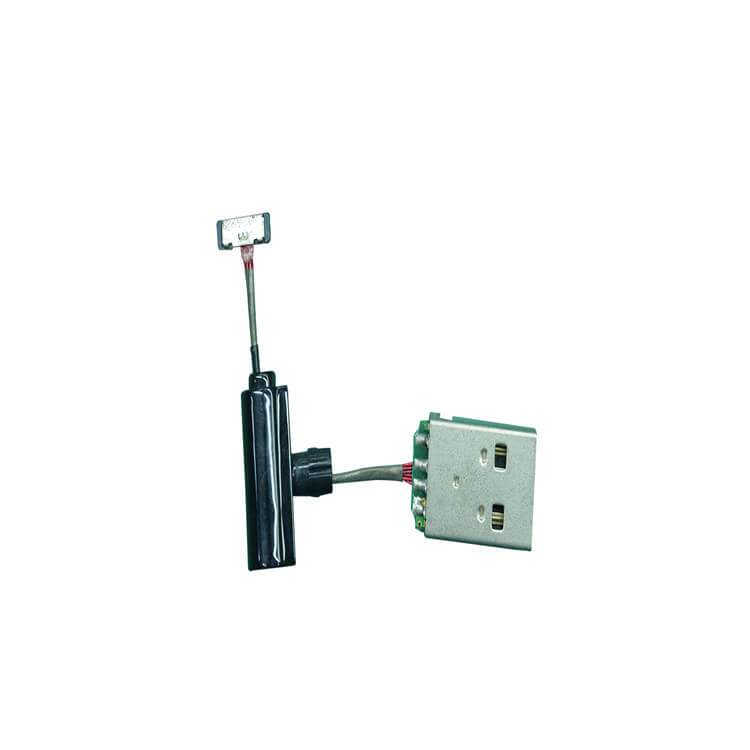If you’re working with RF (radio frequency) systems, antennas, or small-scale electronics, chances are you’ve encountered RG-174 micro-coaxial cables. These thin, flexible cables are popular for their low loss and durability in tight spaces, making them ideal for applications like GPS devices, Wi-Fi antennas, CCTV systems, and automotive electronics. However, terminating RG-174 cables properly is critical to maintaining signal integrity and preventing interference.
In this SEO-optimized guide, you’ll learn how to terminate RG-174 coaxial cables like a pro, with clear steps, essential tools, and expert tips.
RG-174 cables are designed for high-frequency signals, but improper termination can lead to:
Whether you’re using BNC, SMA, or MCX connectors, following the right steps ensures reliable performance.

Before starting, gather these tools:
⚠️ Pro Tip: Avoid nicking the center conductor or shield—this can degrade signal quality.
Most RG-174 connectors consist of three parts:
Q: Can I solder RG-174 instead of crimping?
A: Yes, soldering provides a strong bond, but crimping is faster and avoids heat damage to the dielectric.
Q: What’s the maximum frequency RG-174 supports?
A: RG-174 performs well up to 3 GHz, making it suitable for Wi-Fi, GPS, and short-range RF applications.
Q: How do I choose the right connector?
A: Match the connector to your device’s port (e.g., BNC for CCTV, SMA for antennas).
Our factory offers high-quality products at competitive prices
Overview of I-PEX Micro Coaxial Cable Connectors I-PEX is a global leader in micro coaxial cable solutions, specializing in high-performance IPEX micro coax connectors and micro coaxial cable assemblies. These products are designed for.
OverviewMicro-Coax for HD Video is a cutting-edge coaxial cable engineered to deliver uncompromised high-definition video quality across professional and industrial applications. Designed for reliability, precision, and versatility,.
Feel free to reach out to us for any inquiries or orders.